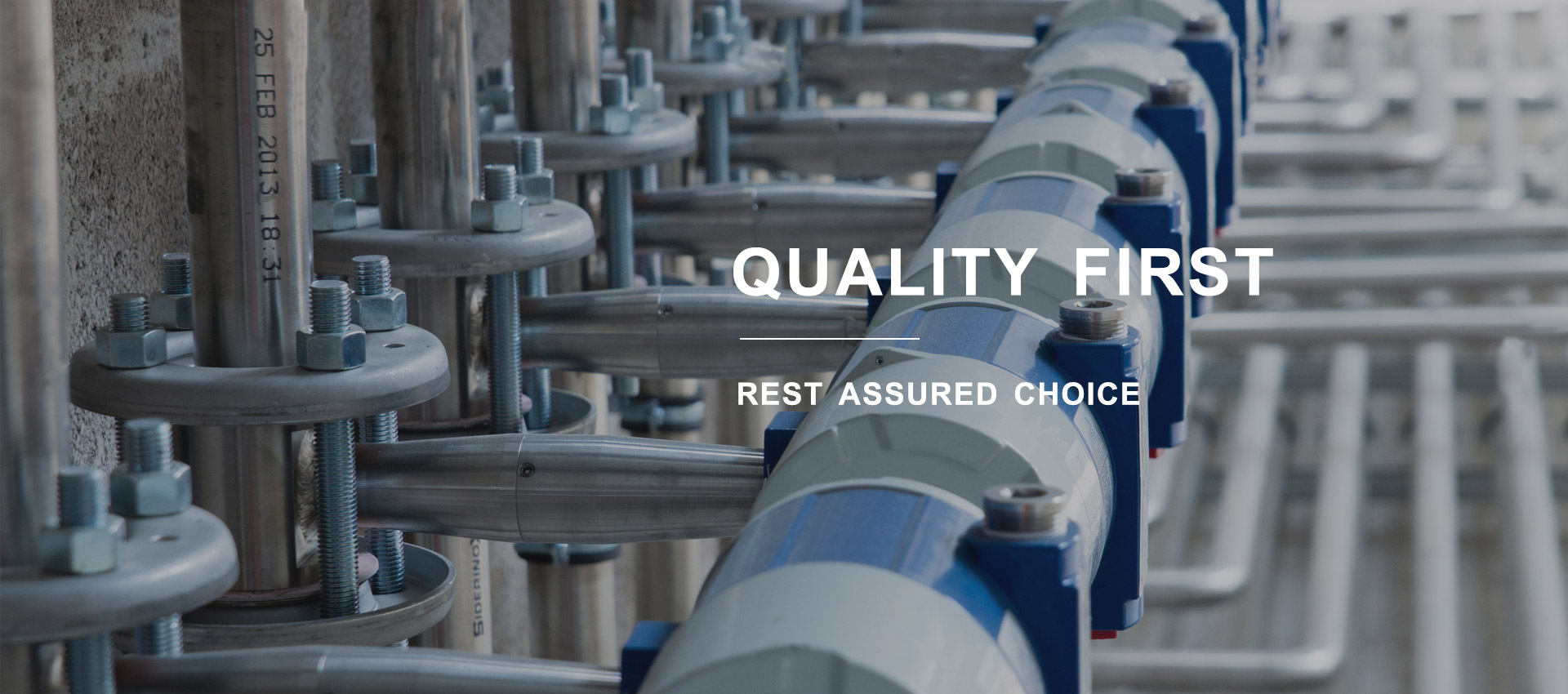Dec . 07, 2024 04:59 Back to list
32mm threaded bar
Understanding the 32mm Threaded Bar Applications, Benefits, and Installation
In the realm of construction and engineering, fasteners play a crucial role in ensuring the stability and integrity of structures. Among the various types of fasteners available, the 32mm threaded bar stands out for its versatility and strength. This article delves into the applications, benefits, and installation processes associated with 32mm threaded bars, providing insight into why they are favored in many construction projects.
What is a 32mm Threaded Bar?
A threaded bar, also known as a stud or a rod, is a long cylindrical piece of metal that features threads over part or all of its length. The 32mm specification refers to the diameter of the bar, which is 32 millimeters. These bars are often made from high-strength materials like carbon steel or stainless steel, providing excellent tensile strength and durability. The threading allows for easy engagement with nuts or other fittings, making them ideal for a variety of applications.
Applications of 32mm Threaded Bars
1. Structural Applications One of the most common applications of 32mm threaded bars is in structural steel connections. They are used to connect beams, columns, and other structural elements in commercial and residential buildings. Their ability to handle significant loads makes them ideal for supporting heavy structures.
2. Construction of Foundations In foundation work, 32mm threaded bars are employed in reinforced concrete. They serve as tension or shear reinforcement, enhancing the load-carrying capacity of columns, walls, and slabs. The threaded design allows for anchoring into concrete, ensuring stability over time.
3. Precast Concrete Elements Threaded bars are commonly used in the manufacturing of precast concrete elements. They provide a reliable means of connecting these elements together on-site, which is essential for maintaining structural integrity in projects such as bridges, parking garages, and high-rise buildings.
4. Mechanical and Industrial Uses Beyond construction, 32mm threaded bars find applications in a variety of mechanical and industrial settings. They can be used in machinery assemblies, automotive applications, and even in landscaping as part of structural supports for retaining walls.
Benefits of Using 32mm Threaded Bars
1. High Strength The primary benefit of 32mm threaded bars is their high tensile strength. This makes them suitable for applications that involve heavy loads and stresses, ensuring that structures remain safe and intact.
2. Versatility Threaded bars are incredibly versatile. Their ability to be cut to length, coupled with the option of using various types of nuts and washers, allows for customized solutions to meet specific project requirements.
32mm threaded bar

3. Ease of Installation Installing a 32mm threaded bar is relatively straightforward. They can be easily screwed into place, allowing for quick assembly and disassembly when needed. This ease of use translates to reduced labor costs and shorter project timelines.
4. Cost-Effectiveness Given their durability and strength, 32mm threaded bars represent a cost-effective solution. Their longevity means fewer replacements and maintenance over time, leading to savings in both materials and labor.
5. Corrosion Resistance If manufactured from stainless steel or treated carbon steel, 32mm threaded bars can resist corrosion. This feature is particularly advantageous for applications in harsh environments, such as marine or chemical territories, where traditional fasteners might fail over time.
Installation of 32mm Threaded Bars
Installing a 32mm threaded bar requires careful planning and execution to ensure structural integrity. The process generally involves the following steps
1. Preparation Ensure that the surface and the surrounding area are clean and free of debris. Measure and mark the desired location for the threaded bar.
2. Drilling Holes If the bar is to be anchored in concrete or masonry, appropriate holes must be drilled to accommodate the bar's diameter. This step requires precision to ensure a snug fit.
3. Inserting the Bar Insert the threaded bar into the drilled hole or through the appropriate structure. Secure it with nuts and washers as required for the application.
4. Alignment and Tightening Align the bar correctly and use a torque wrench to tighten the nuts according to the specifications provided for the project. Correct torque is crucial for the load-bearing capacity.
5. Inspection Finally, inspect the installation to ensure all components are securely fastened and aligned. Check for any signs of misalignment or looseness, and rectify as necessary.
Conclusion
The 32mm threaded bar is an invaluable component within the construction and engineering industries. Its high strength, versatility, and ease of installation make it a go-to choice for various structural applications. Understanding its applications and installation techniques ensures that engineers and builders can leverage its benefits effectively, ultimately leading to safer and more durable constructions. Whether for building foundations, structural connections, or industrial applications, the 32mm threaded bar continues to be a reliable solution for modern engineering challenges.


